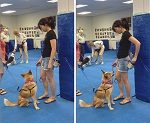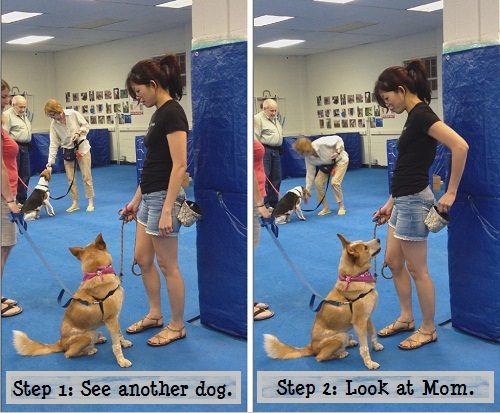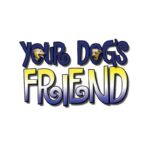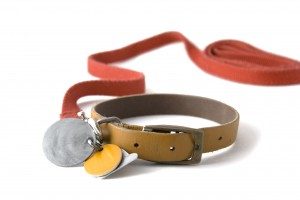 For Immediate Release
For Immediate Release
June 12, 2013
This past week in Pennsylvania, a dog was killed at a dog park in a freak accident caused when he suffocated because another dog got his jaw stuck under the collar and they couldn’t get apart. But is this really a freak accident? The Dog Gurus, Robin Bennett and Susan Briggs will tell you this type of incident is a known danger when dogs play off-leash together and one they always discuss when teaching pet care facility owners how to operate safe off-leash play environments.
“Understanding collar safety is one of the most important issues pet owners should consider before taking their dog to play off-leash with other dogs”, stated Bennett. Every day pet owners enter the dog park and take the leash off their dogs but leave on whatever collar the dog happens to be wearing. For rambunctious dogs that like to wrestle and grab the neck area of other dogs (a common play style seen in dog parks), there is the potential to get the collar stuck under the jaw. If this happens, the dog who has the collar in his mouth will often begin to panic and, in the chaos that follows, the collar tightens and begins to suffocate the other dog.
So how do you balance the concept of safe play, with the need to mange your dog and move him when you need to? Every owner supervising off-leash play needs to give careful consideration to whether or not their dog should wear a collar in the dog park.
In their guidelines for pet care centers, The Four Es of Excellence in Off-Leash Play. Briggs and Bennett outline their baseline standard on the topic of collar safety which they would also recommend for pet owners: The safest way to let dogs play is to remove all collars and harnesses so that the dogs “play naked.” Since dogs play with their mouths there is a high risk for teeth and jaws to become caught in another dog’s collar. Dogs have died as a result which is reason that “play naked” is recommended for safety. However, in some situations, for safety or legal purposes it may be necessary to have a collar on a dog. Velcro safety collars or break-away collars are a good option since they can be easily removed. Another option is paper collars hand marked with dog names. Owners should have slip leads readily available if they need to quickly leash their dog for safety (a slip lead can be made from a standard leash simply by feeding the hook through the hand grip.)
Bennett and Briggs have both experienced the dangers of dogs getting their jaws caught in a collar. “It is a chaotic, stressful situation that looks like a fight, but becomes a life or death struggle between the dogs,” states Bennett. Briggs added, “When this type of situation happens, the collar tightens so much that it is virtually impossible to get it off the dog, particularly since the dogs are in a panic. The only hope is if you have something sharp to cut the collar off, but even that is risky because you can cut the dogs.”
If you go to the dog park, make sure you are taking measures to minimize the risk of injury due to a collar mishap. These types of accidents are completely avoidable! If you absolutely must use collars, make sure they are Velcro or break-away collars. But for the safest off-leash play environment, our recommendation is to let the dogs play naked.
Reprinted with permission from The Dog Gurus
About The Dog Gurus: Co-creators Robin Bennett and Susan Briggs have over 30 years experience as operators and consultants in the dog daycare industry. Their staff training program, Knowing Dogs, has quickly become the best off-leash dog play training program available and is based on their best selling book: Off-Leash Dog Play: A Complete Guide to Safety and Fun. They continue to create resources for the professional pet care industry with the goal of keeping all dogs safe. For
more information visit their website or join their Facebook page.




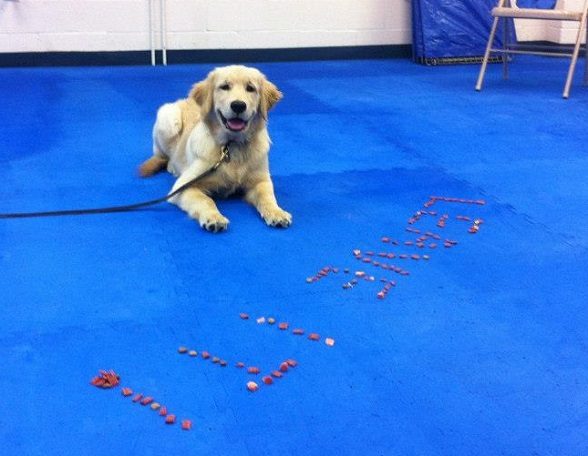


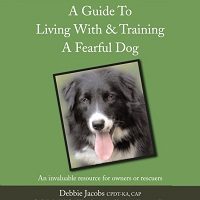
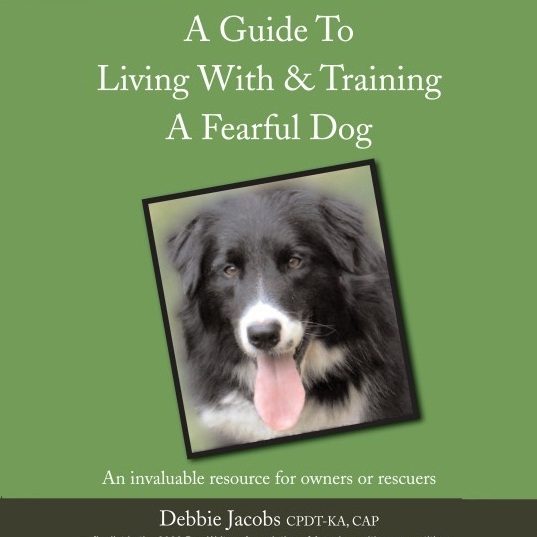 Does your dog shy away from new people? Is he afraid of “silly” things like garbage cans or boxes? Do you want to help your dog feel more comfortable, less stressed, and happier? Our September Book Club selection is for you!
Does your dog shy away from new people? Is he afraid of “silly” things like garbage cans or boxes? Do you want to help your dog feel more comfortable, less stressed, and happier? Our September Book Club selection is for you!